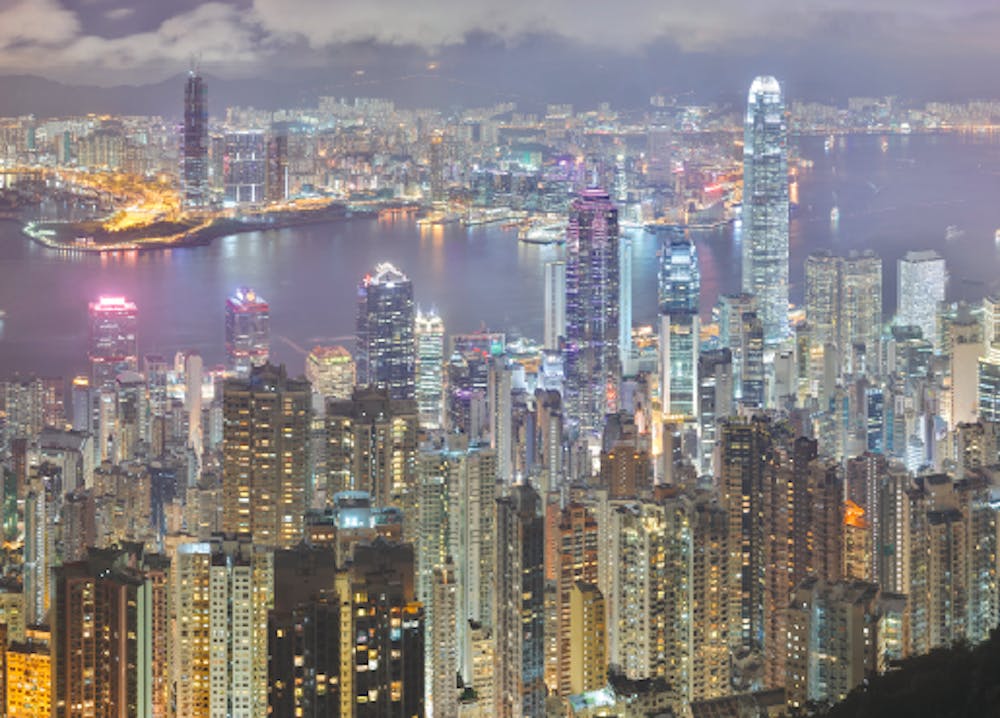When Thomas Edison made the first demonstration of an incandescent light bulb in 1879, the world was amazed by the idea of cheap, electrical illumination.
Edison’s discovery did indeed have a major impact on the world, rendering candles useless and creating a long-lasting incandescent form of light.
The light bulb brought a new era to the international economy and improved home life as well.
However, a new study shows that too much light, or “global glare,” can in fact have negative consequences.
A brighter planet could have harmful our entire ecosystem. The most serious consequence of global glare is urban and suburban growth. Suburban sprawl and explosive urban growth in various countries have caused cities to spread into quiet countrysides.
But how does this affect the ecosystem?
According to a recent study done by researchers at the Leibniz-Institute of Freshwater Ecology and Inland Fisheries in Berlin, Germany and published in the journal Frontiers, artificial lighting can attract insects up from the water surface, thereby altering the way food chains are constructed.
The authors highlight that the large numbers of street lights installed specifically along the shores of freshwater bodies have the potential to cause widespread effects.
Additionally, the argued impact the lights could have on aquatic systems is currently underestimated.
Another study took a specific look at the effect of light pollution on animal populations and found that sea turtle hatchlings can be lured away from the water by light and eaten by predators.
The study, published in the Journal of Environmental Economics and Management, said that if the light pollution problem is not fixed, it could eventually be associated with species extinction.
However, sea turtles are not the only species at stake.
Other studies, such as one published in Frontiers in Ecology and Environment, show that migrating birds are guided by light from the moon and stars. Thus, they can be thrown off their course by the light pollution.
Increased light pollution has a direct effect on humans as well.
According to the American Medical Association, nighttime lighting can cause reduced sleep times that lead to insomnia and excessive sleepiness. This can go on to lead to even more profound consequences such as impaired daytime functioning and obesity due to changes in hormone levels.
A study done at Harvard University even links artificial lighting to breast cancer, noting that decreases in melatonin levels can throw off the human circadian rhythm and lead to breast cancer risk.
In order to determine the extent of light pollution, ecologist Christopher Kyba of the German Research Centre for Geosciences in Potsdam tracked and mapped nighttime illumination for four years, from 2012 to 2016. Using America’s Suomi NPP satellite, which is jointly operated by NASA and the National Oceanic and Atmospheric Administration, Kyba found that Earth’s illuminated area grew at a rate of 2.2 percent each year.
The study also noted that overall brightness grew by 1.8 percent each year. However, this light pollution was not spread evenly across the globe.
For a given region, a growth of 13 percent in their gross domestic product was correlated with a 15 percent increase in nighttime lighting.
Researchers of this study also state that these startling statistics may not all have negative implications.
Although extreme light pollution can lead to unforeseen consequences, improved lighting can also create safer cities and become a marker for wealth.





